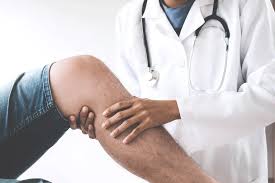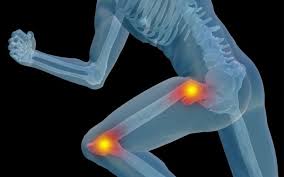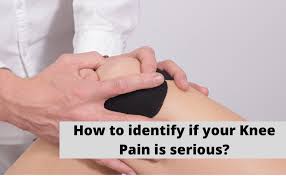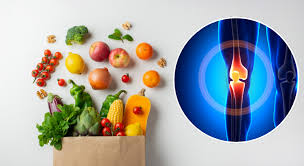How to Cure Severe Back Pain?
Introduction: Severe back pain can significantly impact daily life, making even simple tasks challenging. It often results from muscle strain, poor posture, spinal issues, or underlying medical conditions. Effective treatment begins with identifying the root cause, followed by a combination of rest, physiotherapy, exercise, and medical interventions. Early care and proper guidance are key to long-term…










